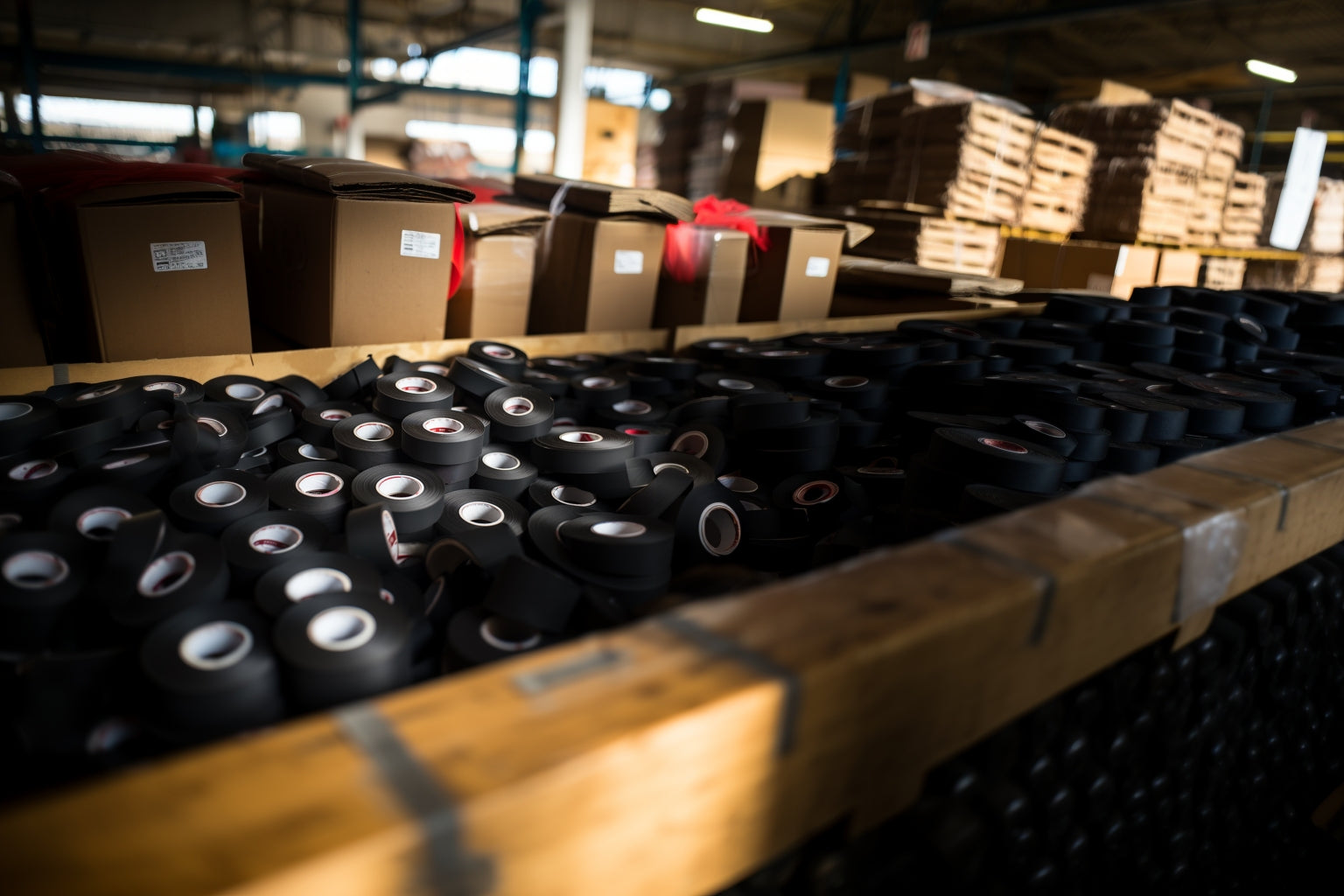Hey there, hockey fans! Hockey Joe here, ready to take you on a scientific journey through the world of ice and indoor hockey rinks. Get ready to have some fun and learn a thing or two about what makes the ice we skate on so special.
Let's start with the basics. What is ice? Ice is simply frozen water, right? Well, yes and no. Ice is actually a crystalline structure of water molecules, arranged in a very specific way. When water freezes, the individual molecules line up and form a rigid, hexagonal structure. This structure is what gives ice its unique properties, such as its transparency, hardness, and low coefficient of friction.
Now, when it comes to indoor hockey rinks, the ice used is not just any old ice. It is specifically designed to meet the needs of hockey players and the game itself. For starters, the ice in an indoor rink is kept at a temperature of around 16-20 degrees Fahrenheit (-9 to -6 degrees Celsius). This is much colder than the freezing point of water, which is 32 degrees Fahrenheit (0 degrees Celsius). The reason for this is to keep the ice hard and smooth, allowing the puck to glide easily and the players to move quickly.
But keeping the ice cold is just the beginning. The ice in an indoor rink is also carefully maintained to ensure that it is as flat and even as possible. This is done using a Zamboni, a machine that scrapes off the top layer of ice and then lays down a fresh layer of water. This creates a smooth surface for the players to skate on, without any bumps or grooves that could cause the puck to bounce or the players to trip.
The Zamboni is not the only piece of technology used to maintain the ice, however. There are also cooling pipes installed beneath the ice, which circulate a mixture of water and glycol to keep the ice at the right temperature. The temperature and humidity in the rink are also carefully controlled to prevent the ice from melting or becoming too brittle.
Now, you might be wondering why all of this effort is put into creating the perfect ice for hockey. The answer is simple: because the ice can have a huge impact on the game itself. The hardness and slipperiness of the ice can affect how the puck moves, how fast the players can skate, and how well they can stop and turn. Any imperfections in the ice can throw off a player's timing and balance, making it harder to score goals or defend against the opposing team.
So, the next time you step onto an indoor hockey rink, take a moment to appreciate the science and technology behind the ice beneath your skates. It may seem like just frozen water, but there is a whole world of physics and engineering behind it that makes the game of hockey possible. And who knows, maybe understanding the science of ice will even give you an edge on the ice!



